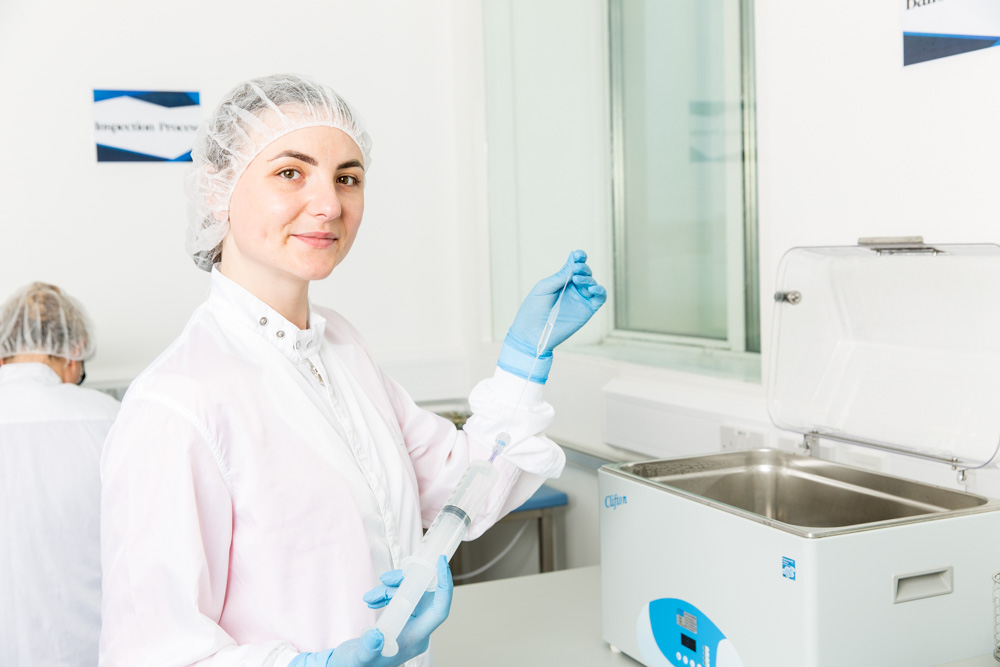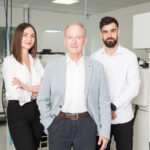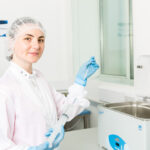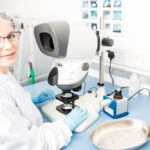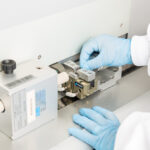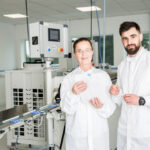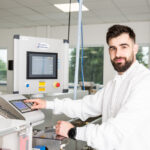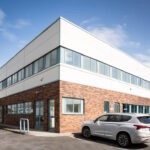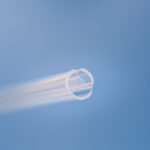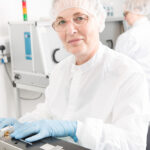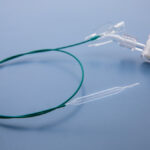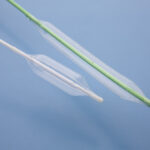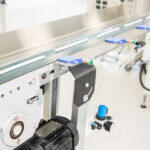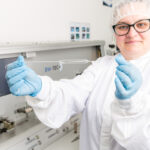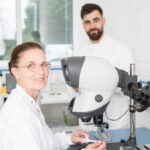Here’s a few images from a recent commission for medical device photography. The client, based in Galway, Ireland was very clear about the requirements, it would involve photographing catheters, very small devices that surgeons insert into the body’s arteries through the leg, usually.
Pharmaceutical devices, ranging from syringes to advanced diagnostic tools, are not just functional items—they represent innovation and hope in the medical field. High-quality images can convey the precision, safety, and efficacy of these devices, influencing everything from marketing materials to regulatory submissions. The right photograph can bridge the gap between complex technology and patient understanding. I met with the management of the company to discuss their needs, and get an idea of what they do. With their work in this field, they are literally saving lives.
Understanding the Importance of medical device and pharma photography
As a photographer specializing in medical devices, I’ve had the unique opportunity to combine my passion for photography with the world of cutting-edge technology and healthcare. Capturing these intricate and often delicate devices requires a specific skill set, a keen eye for detail, and a deep understanding of the medical field.
The brief was to photograph the production process, the staff creating the catheters through the various stages, and finally the finished products. It was quite a challenge to photograph the items as some of them were smaller than the front of my lens and involved macro photography.
I worked very closely with the marketing manager for the firm to carefully fulfill the brief – for video and photography.
Medical device photography isn’t just about taking pictures; it’s about showing the process of innovation, precision, and attention to detail.
The Technical Challenge
Medical devices often have intricate details that require careful consideration. Achieving the right focus, lighting, and composition is essential. Here are a few techniques I find particularly useful:
Macro Photography: Many medical devices have fine details that need to be captured up close. Using macro lenses allows me to showcase the precision engineering that goes into these devices.
So, as you might imagine several of the catheters were smaller than the lid of a biro, which were quite challenging to photograph. One problem that happens when you are photographing something this small is that the depth of field is very narrow, i.e, it’s hard to keep the whole thing in focus. Hence, Its very important to gauge how close to get with your macro lens equipment.
Specialised Lighting: Proper lighting is critical. I often use softboxes and diffusers to minimize harsh shadows and ensure that the device’s materials are represented accurately. This helps to highlight textures and finishes, making the device more visually appealing. I tried several different reflective surfaces before we settled on the blue-ish medical surface in the pictures. Its important to be get the white balance right at the photography stage, and the normal rules of composition apply too.
Its challenging to light something so small with something so big as a softbox, and its quite difficult getting the reflectors into place for each shot. Each and every item presented its own difficulties. At the start of the shoot the catheters all looked fairly similar to me, but by the end I learned that they were all different.
Manufacturing Process: Showing the manufacturing process was simpler, with the machines lending themselves quite well to photography, but it was challenging to show what was happening at each stage. I involved some of the staff who were great for portrait material, and very skilled in what they were doing.
The images will be used for marketing brochures and the company website. The video material will also be used for sales and educational videos.
